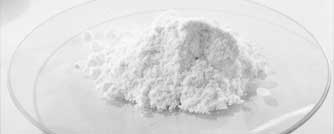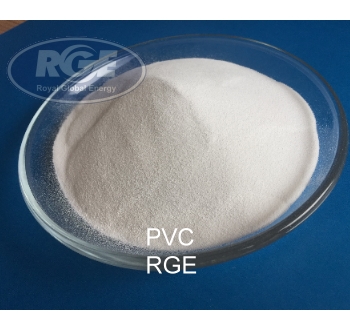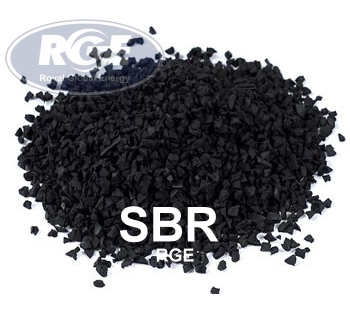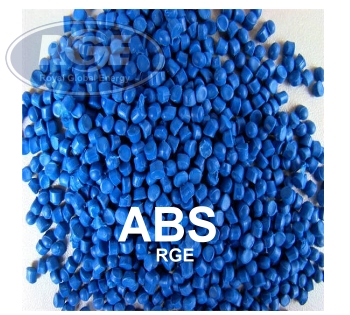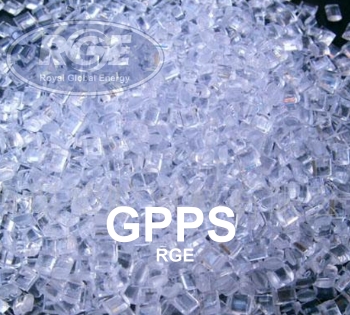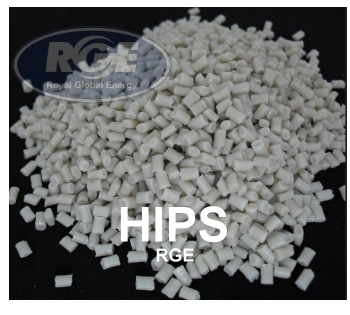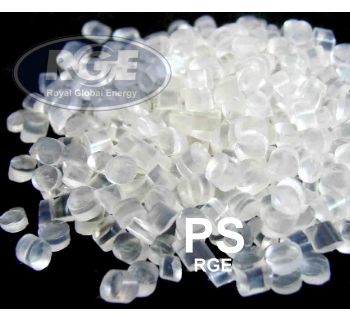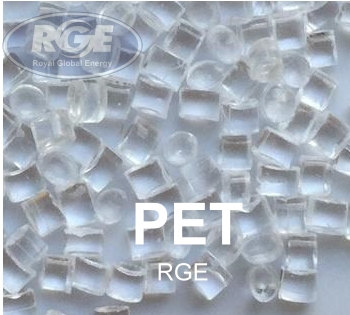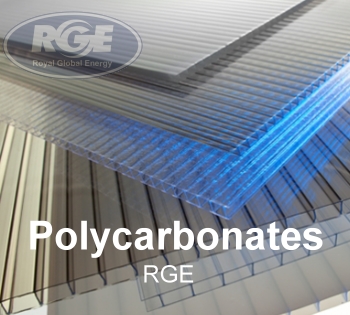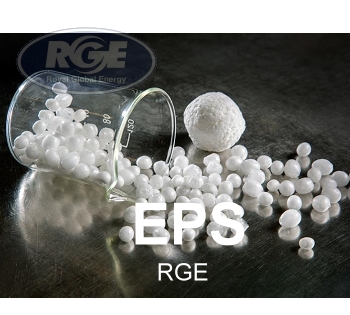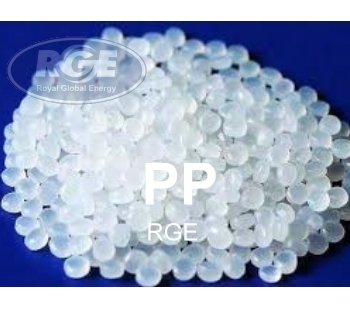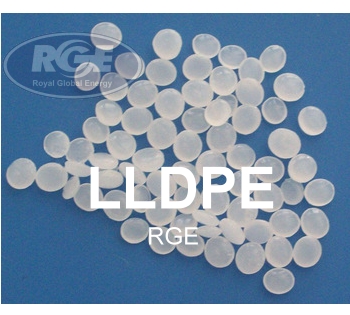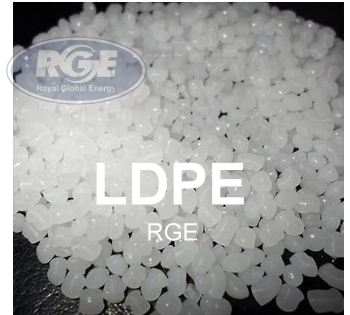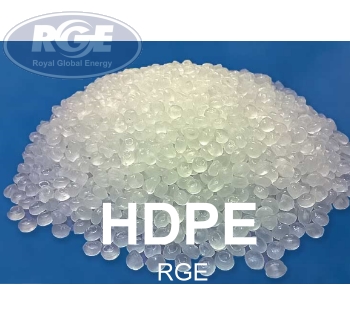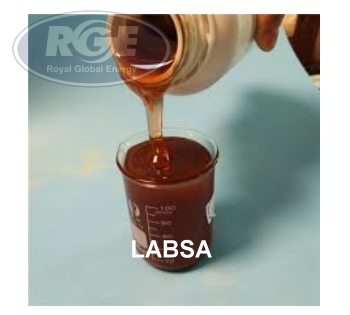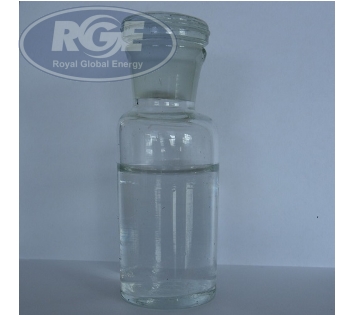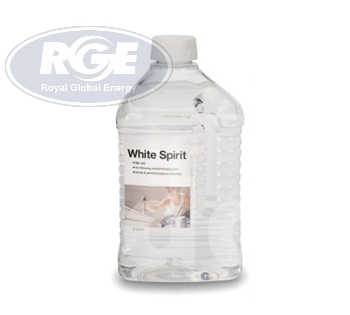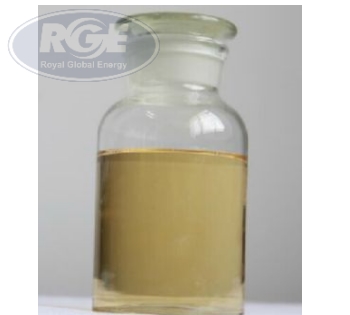Viscosity Grade Bitumen
Viscosity Grade Bitumen (Asphalt)
AASHTO Designation: M 226-80 (2008)
ASTM Designation: ASTM D3381-09
Viscosity Grade Bitumen (Asphalt) is a standard grade Bitumen usually used as a Paving Grade Bitumen suitable for road construction and for the production of asphalt pavements with superior properties. This grade of Bitumen is mainly used in the manufacture of hot mix asphalt for bases and wearing courses and possesses characteristics and qualities unique sand quite different from other agents. They achieve very flexible and tenacious connections with other materials due mainly to the viscoelastic response of bitumen, which behavior depends on how fast charges are applied.
Viscosity Grade Bitumen supplied by RGE is petroleum grade bitumen, manufactured from a fractional / vacuum distillation of crude oil, which practical appliance and behaviour varies according to its temperature. The Bitumen supplied by Royal Global Energy is produced from vacuum residue (short residue) feedstock.
Viscosity Grade bitumens are specified by the methods described in ASTM Standard D3381-09 and AASHTO M226-80 (2008). Viscosity Graded specifications covers bitumen (asphalt) graded by Viscosity at 60 C (140 °F).
There are two methods of grading:º
- Standard Viscosity Grade Bitumen (AC-Grades), in which the Viscosity of the standard bitumen (asphalt) is measured at 60 ºC (140 ºF).
- RTFOT Viscosity Grade Bitumen (AR-Grades), in which the Viscosity of bitumen (asphalt) is measured at 60 °C (140 °F) after the roll on thin film oven test.
Viscosity grade bitumens have a thermoplastic property which causes the material to soften at high temperatures and to harden at lower temperatures. This unique temperature/ viscosity relationship is important when determining the performance parameters such as the adhesion, rheology, durability and application temperatures of bitumen. In the Viscosity Graded Bitumen specifications further, special emphasis is placed on the Bitumen ductility.
Standard Viscosity Grade Bitumen Binders include:
- Viscosity Grade Bitumen AC-2.5
- Viscosity Grade Bitumen AC-5
- Viscosity Grade Bitumen AC-10
- Viscosity Grade Bitumen AC-20
- Viscosity Grade Bitumen AC-30
- Viscosity Grade Bitumen AC-40
RTFOT Viscosity Grade Bitumen Binders include:
- Viscosity Grade Bitumen AR-1000
- Viscosity Grade Bitumen AR-2000
- Viscosity Grade Bitumen AR-4000
- Viscosity Grade Bitumen AR-8000
- Viscosity Grade Bitumen AR-16000
Advantages and Disadvantages of Viscosity Grade of bitumen as stated hereunder:
| Advantages | Disadvantages |
| Unlike penetration depth, viscosity is a fundamental engineering parameter. | The principal grading (done at 25°C (77°F)) may not accurately reflect low-temperature asphalt binder rheology. |
Test temperatures correlate well with:
| When using the AC grading system, thin film oven test residue viscosities can vary greatly with the same AC grade. Therefore, although asphalt binders are of the same AC grade they may behave differently after construction. |
| Temperature susceptibility (the change in asphalt binder rheology with temperature) can be somewhat determined because viscosity is measured at three different temperatures (penetration only is measured at 25°C (77°F)). | The testing is more expensive and takes longer than the penetration test |
| Testing equipment and standards are widely available. |
The new method of grading the product has now rested on the viscosity of Bitumen (at 60°C and 135°C). The new grades have thus evolved with the nomenclature:
| Standard | Grading based on Original Asphalt (AC) | Grading based on Aged Residue (AR) | |||||||||
| AASHTO M 226 | AC-2.5 | AC-5 | AC-10 | AC-20 | AC-30 | AC-40 | AR-10 | AR-20 | AR-40 | AR-80 | AR-160 |
| ASTM D 3381 | AC-2.5 | AC-5 | AC-10 | AC-20 | AC-30 | AC-40 | AR-1000 | AR-2000 | AR-4000 | AR-8000 | AR-16000 |
| Standard | Grades Minimum of Absolute | Viscosity, Poise@ 600°C | Approximate penetration grade |
| IS73:2013 | VG 10 | 800 | 80-100 |
| VG 20 | 1600 | – | |
| VG 30 | 2400 | 60-70 | |
| VG 40 | 3200 | 30-40/40-50 |
Viscocity grade of bitumen over penetration grade several key issues are addressed, like:
- Performance at high temperatures by adopting a viscosity graded of bitumen specification (based on viscosity at 60 °C), in place of the current penetration-graded specification (based on penetration at 25 °C)
- Issues relating to compaction, which the tender asphalt mixtures create as push and shove under the roller wheels, have also addressed by having a requirement of minimum viscosity at 135°C, it will be helpful in minimizing the tender mix problems in the field.
- Adoption of viscosity grade paving bitumen specifications will also reduce the number of total tests to 7 Without compromising the quality of bitumen and also no new tests are required in implementing this specification.
Viscosity grade of bitumen are categorized according to Viscosity (degree of fluidity) grading. The higher the grade, the stiffer the Bitumen. In Viscosity Grade, Viscosity tests are conducted at 60°C and 135°C, which represents the temperature of road surface during summer and mixing temperature respectively. The penetration at 25°C, which is annual average pavement temperature
RGE supplies Viscosity Graded Bitumen in correspondence to ASTM D3381.
Bitumen is graded based on absolute viscosity at 60 ºC or kinematic viscosity at 135 ºC. The SI physical unit of dynamic viscosity is Poise and kinematic viscosity is expressed in CentiStokes. Pure bitumen has been graded based on AASHTO-M226 and ASTM-D3381 standards.
Table 1-1: Technical Specifications of Pure Bitumen Based on Viscosity at 60 oC (AASHTO-M226)
| Test | Viscosity | |||||
|---|---|---|---|---|---|---|
| 5/2 AC- | 5 AC- | 10 AC- | 20 AC- | 30AC- | 40AC- | |
| Viscosity at 60 C | 50±250 | 100±500 | 200±1000 | 400±2000 | 600±3000 | 800±4000 |
| Viscosity at 135 C | 125 | 175 | 250 | 300 | 350 | 400 |
| Penetration at 25 C, 100 grams, five seconds | 220 | 140 | 80 | 60 | 50 | 40 |
| 163 | 177 | 219 | 232 | 232 | 23 | |
| Solubility in trichloroethylene | 0/99 | 0/99 | 0/99 | 0/99 | 0/99 | 0/99 |
| Test on the residue of thin bitumen layer: | ||||||
| Heating loss | – | 0/1 | 5/0 | 5/0 | 5/0 | 5/0 |
| Viscosity at 60 C | 1000 | 2000 | 4000 | 8000 | 12000 | 16000 |
| Ductility at 25 C, 5cm/min | (1)100 | 100 | 75 | 50 | 40 | 25 |
| Stain Test | ||||||
| Naphtha Solvent | Negative | |||||
| Naphtha-Xylene Solvent, Xylene Percentage | Negative | |||||
| Naphtha-Xylene Solvent, Xylene Percentage | Negative | |||||
Table 1-3: Technical Specifications of Pure Bitumen Based on Viscosity at 60 oC (AASHTO-M226)
| Test | Viscosity | ||||
|---|---|---|---|---|---|
| 10AR- | 20AR- | 40AR- | 80AR- | 160AR- | |
| Viscosity at 60 C | 250±1000 | 500±2000 | 1000±4000 | 2000±8000 | 4000±16000 |
| Viscosity at 135 C | 140 | 200 | 275 | 400 | 550 |
| Penetration at 25 C, 100 grams, five seconds | 65 | 40 | 25 | 20 | 20 |
| Penetration at 25 C, 100 grams, five seconds. minimum | – | 40 | 45 | 50 | 52 |
| Ductility at 25 C, 5cm/min | (2)100 | (2)100 | 75 | 75 | 75 |
| Test on Primary Bitumen | |||||
| Flash point, Cleveland open cup | 205 | 219 | 227 | 232 | 238 |
| Solubility in trichloroethylene | 0/99 | 0/99 | 0/99 | 0/99 | 0/99 |
Table 1-4: Technical Specifications of Pure Bitumen Based on Viscosity at 60 oC (AASHTO-M226)
| Test | Viscosity | ||||
|---|---|---|---|---|---|
| 5/2AC- | 5AC- | 10AC- | 20AC- | 40AC- | |
| Viscosity at 60 C | 250±50 | 500±100 | 1000±200 | 2000±800 | |
| Viscosity at 135 C | 80 | 110 | 150 | 210 | 300 |
| Penetration at 25 C, 100 grams, five seconds | 200 | 120 | 70 | 40 | 20 |
| &nads; | 163 | 177 | 219 | 232 | 232 |
| Solubility in trichloroethylene | 0/99 | 0/99 | 0/99 | 0/99 | 0/99 |
| Test on Residue : | |||||
| Viscosity at 60 C | 1250 | 2500 | 5000 | 10000 | 20000 |
| Ductility at 25 C, 5cm/min | (1)100 | 100 | 50 | 20 | 10 |
Table 1-5: Technical Specifications of Pure Bitumen Based on Viscosity at 60 oC (AASHTO-M226)
| Test | Viscosity | |||||
|---|---|---|---|---|---|---|
| 5/2AC- | 5AC- | 10AC- | 20AC- | 30AC- | 40AC- | |
| Viscosity at 60 C | 250±50 | 500±100 | 1000±200 | 2000±400 | 3000±600 | 4000±800 |
| Viscosity at 135 C | 125 | 175 | 250 | 300 | 350 | 400 |
| Penetration at 25 C, 100 grams, five seconds | 220 | 140 | 80 | 60 | 50 | 40 |
| Flash point, Cleveland open cup | 163 | 177 | 219 | 232 | 232 | 232 |
| Solubility in trichloroethylene | 0/99 | 0/99 | 0/99 | 0/99 | 0/99 | 0/99 |
| Test on the residue of thin bitumen layer: | ||||||
| Viscosity at 60 C | 1250 | 2500 | 5000 | 10000 | 15000 | 20000 |
| Ductility at 25 C, 5cm/min | (1)100 | 100 | 75 | 50 | 20 | 10 |
Table 1-6: Technical Specifications of Pure Bitumen Based on Viscosity at 60 oC (AASHTO-M226)
| Test on the residue of thin bitumen layer | Viscosity | ||||
|---|---|---|---|---|---|
| 1000AR- | 2000AR- | 4000AR- | 8000AR- | 16000AR- | |
| Viscosity at 60 C | 1000±250 | 2000±500 | 4000±1000 | 8000±2000 | 16000±4000 |
| Viscosity at 135 C | 140 | 200 | 275 | 400 | 550 |
| Penetration at 25 C, 100 grams, five seconds | 65 | 40 | 25 | 20 | 20 |
| Penetration at 25 C, 100 grams, five seconds. minimum | – | 40 | 45 | 50 | 52 |
| Ductility at 25 C, 5cm/min | (1)100 | (2)100 | 75 | 75 | 75 |
| Test on residue: | |||||
| Flash point, Cleveland open cup | 205 | 219 | 227 | 232 | 238 |
| Solubility in trichloroethylene | 0/99 | 0/99 | 0/99 | 0/99 | 0/99 |



